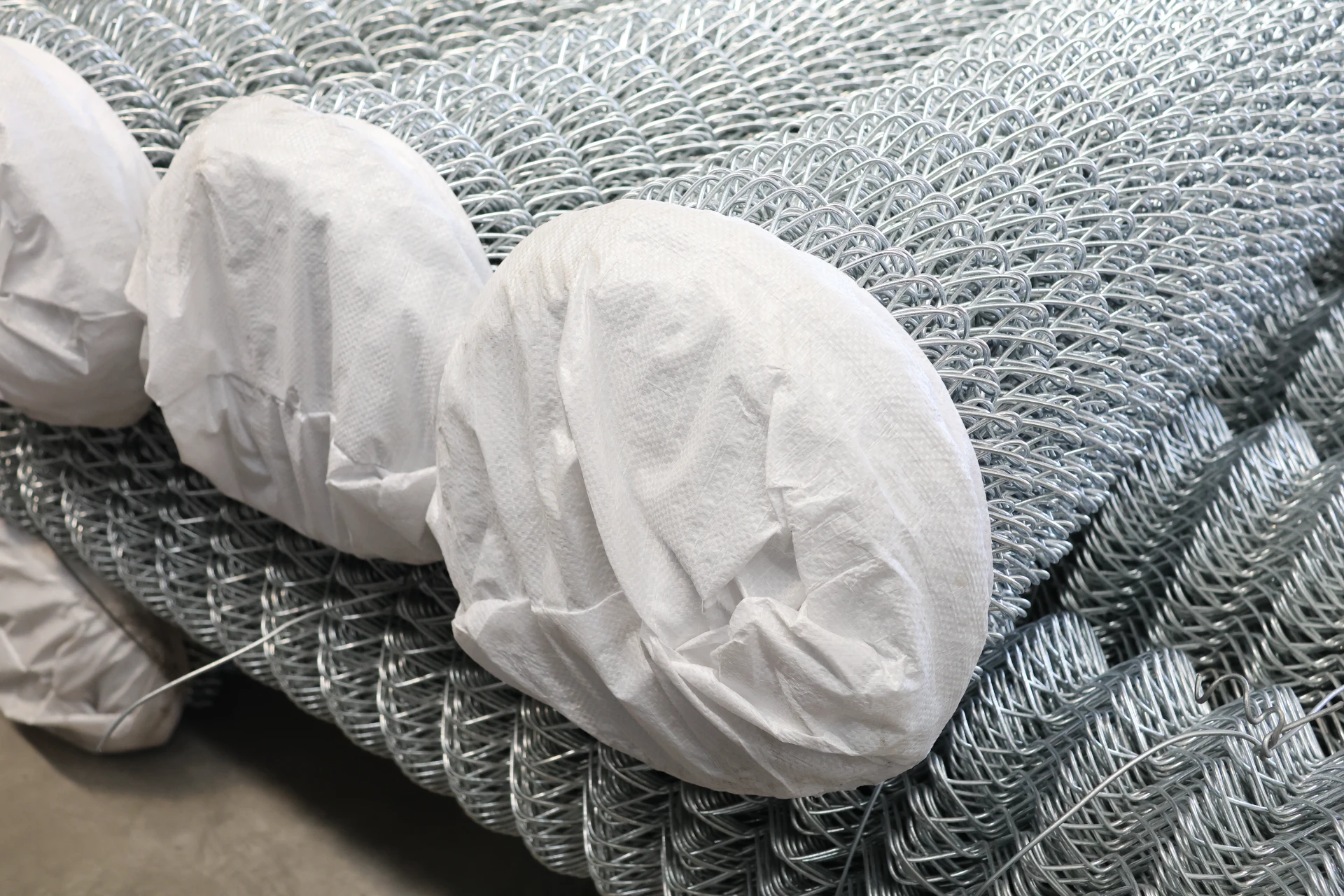chicken wire fence
The Versatility of Chicken Wire Fences
When we think of a chicken wire fence, the first image that often comes to mind is that of a rustic farmyard, perhaps surrounded by lush green fields and clucking chickens roaming freely. However, chicken wire, or poultry netting, serves a multitude of purposes beyond just containing poultry. Its versatile application makes it a favorite among gardeners, landscapers, and DIY enthusiasts alike.
Historical Context
In the late 19th century, chicken wire was first created as a cheap and practical solution for farmers to contain their chickens and other small livestock. The design is relatively simple — it comprises hexagonal mesh formed from thin, galvanized steel wire. This specific shape is both lightweight and durable, providing an effective barrier against a host of different outdoor creatures. Over the years, chicken wire has evolved into an essential gardening and landscaping tool, as well as a staple in various craft projects.
Applications in Gardening
One of the most common uses for chicken wire in gardening is to protect plants from small animals. Rabbits, in particular, are notorious for their love of tender shoots and leafy greens. By surrounding delicate plants with chicken wire, gardeners can create a protective barrier that allows sunlight and rain to penetrate while keeping unwanted pests at bay. Additionally, chicken wire can be used in conjunction with wooden raised beds, providing an extra layer of defense against foraging critters.
Another innovative application is in creating vertical gardens. By attaching chicken wire to walls or fences, gardeners can encourage climbing plants to latch onto the mesh. Plants such as peas, beans, and certain flowers thrive when given vertical support, allowing for creative and space-efficient gardening. This method not only maximizes the use of space but also adds a stunning visual element to any backyard or balcony.
chicken wire fence

Animal Control
Beyond gardens, chicken wire fences are also widely used to protect smaller livestock. For those raising chickens, ducks, or rabbits, a sturdy chicken wire enclosure provides safety from predators like raccoons and foxes. It’s crucial, however, to ensure that the wire is buried a few inches underground or bent outward at the base to prevent digging. This added precaution will secure the perimeter and create a safe environment for your animals to roam.
Craft and Decor Uses
The creativity of chicken wire extends into the realm of crafts and DIY home decor. Crafters have embraced chicken wire for its rustic charm and versatility. From making decorative frames and lanterns to using it in wreaths and wall art, chicken wire lends itself to quirky and unique projects. Its light weight makes it easy to manipulate, and its texture adds an interesting element to traditional design.
Moreover, interior designers often use chicken wire in furniture and shelving, giving a modern twist to rustic aesthetics. It can serve as an effective material for creating custom cabinets or room dividers, allowing light to filter through while offering a level of opacity.
Conclusion
In conclusion, chicken wire fences are far more than just a way to keep chickens contained. Their utility spans a wide spectrum, making them a significant asset in gardening, animal husbandry, and artistic endeavors. As interest in sustainable living and home gardening grows, the use of chicken wire continues to expand, allowing individuals to protect their plants, enhance their landscapes, and unleash their creativity. Whether you’re a seasoned farmer or a novice gardener, embracing the many uses of chicken wire can transform not only your garden but your home as well.
-
Weather Resistance of Woven Wire and Chicken Wire Fencing MaterialsNewsJun.05,2025
-
Umbrella Nails Innovations in Roofing Fasteners for Wind ResistanceNewsJun.05,2025
-
Modern Barbed Wire Fence Designs for Perimeter ProtectionNewsJun.05,2025
-
How Iron Nail Wire Enhances Nail Strength and Installation EfficiencyNewsJun.05,2025
-
High-Security Razor Fence Solutions for Perimeter ProtectionNewsJun.05,2025
-
Durable Wire Netting Fence Solutions for Animal EnclosuresNewsJun.05,2025




